Here’s another great vintage diver, a Certina DS PH200M from 1967.
(Click pictures to enlarge)
Vintage Certina divers are popular with collectors these days and with good reason as they are great watches. The “Double Security” (DS) line was first introduced in 1959, aiming to surpass the water and shock resistance of any watch on the market at the time. (For more information about the DS concept and the history of Certina, check out this post that I wrote last year about a popular DS-2 model.)
The DS concept was perfectly suited to the specific requirements of a divers watch and the first DS diver was added to the range just a year later in 1960. More DS divers followed between 1960 and 1967 but the introduction of the improved DS-2 range in 1968 saw Certina ‘up their game’ when it came to deep diving watches.
Although Certina continued to produce the 200 metre rated PH200M in an improved DS-2 case they also introduced a new model in 1968, the DS-2 Super PH500M which was rated to 500 metres. This was followed in 1974 by an even more substantial watch, the 1000 metre rated DS-2 Super PH1000M. These models solidified Certina’s position in the deep diving watch arena and were used by NASA and the U.S. Navy in various experiments. The near identical DS-3 Super 1000M, released in 1976, was also used by the Royal Australian Navy.
The watch in this post was the last DS divers model produced before the introduction of the new DS-2 range. As you can see in the first picture, from a cosmetic perspective the watch wasn’t in the best of shape and had been subject to moisture damage at some time in the past. It was running though which was encouraging.
Turning the watch over it has the Certina DS ‘turtle’ caseback which is always a pleasure to see…
… and inside is Certina’s stalwart movement, the cal. 25-651. Used extensively in their automatic watches during the 1960’s and 70’s, the cal. 25-651 is a good quality, 27 jewel, in-house calibre with a beat rate of 19,800 bph.
As you can see the winding rotor had suffered some pitting from the moisture ingress and the yellow rubber ‘shock absorber’ had discoloured somewhat, but thankfully there wasn’t extensive rust damage so the movement service was relatively straight forward this time.
While the case was being disassembled for cleaning I found that a new crystal was required as the current one was a very poor fit for the case and had been crudely glued in (you can see the old/yellowed glue between the 8 and 10 hour markers in the first picture) and although it did screw down onto the case tube, the winding crown fitted was a mismatch and needed to be replaced with a Certina branded crown to put things right. As you can imagine, finding new crowns for 50 year old watches can be challenging at the best of times, so it was appreciated when the owner of the watch managed to track one down.
As I’m sure you noticed the hands had lost all their luminous filling, again due to the moisture ingress. The lume on the dial markers however, although showing signs of age and no longer glowing, was all intact so the owner asked to have the hands re-lumed with non-glowing lume, after which I artificially aged them to match the dial markers.
Here’s the watch all back together. Although it still shows some marks from previous battles, it’s ready to fight another day.
Rich.
** Many thanks to Eugene Tay for letting me feature his watch on the blog. **

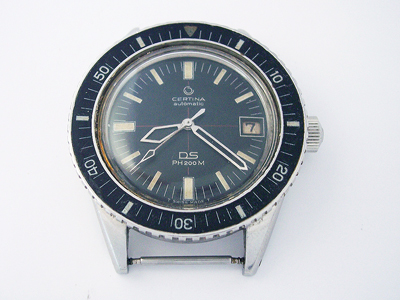
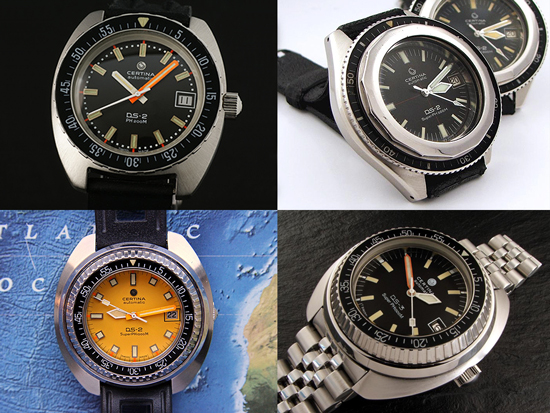
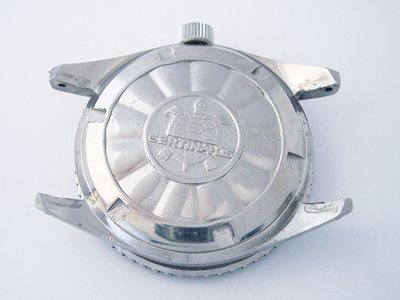
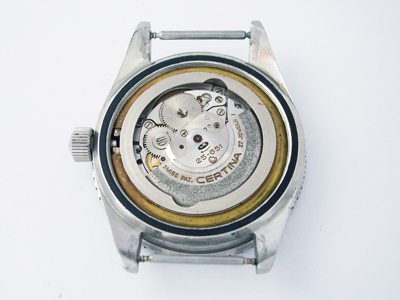
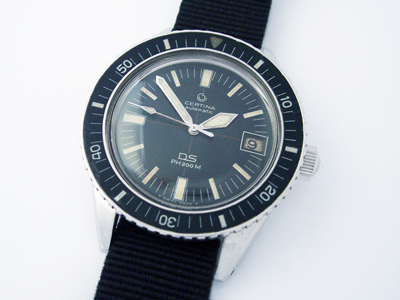
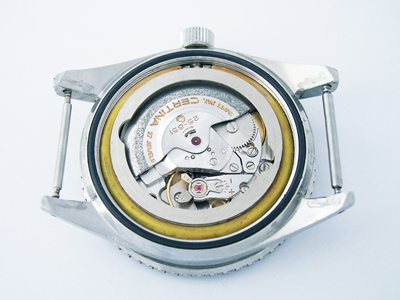
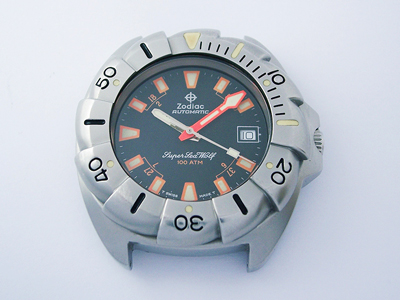
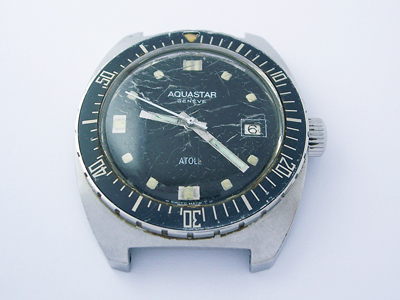
Nice job! What I’d like to know is approx how many of this model were produced? This is the same case as the Omega 300 of that era also. Due to conflicting info I guess this version the DS PH200M was a short run from 1968 -70? There’s a vintage Certina site which isn’t very specific TBH.
Any info appreciated.